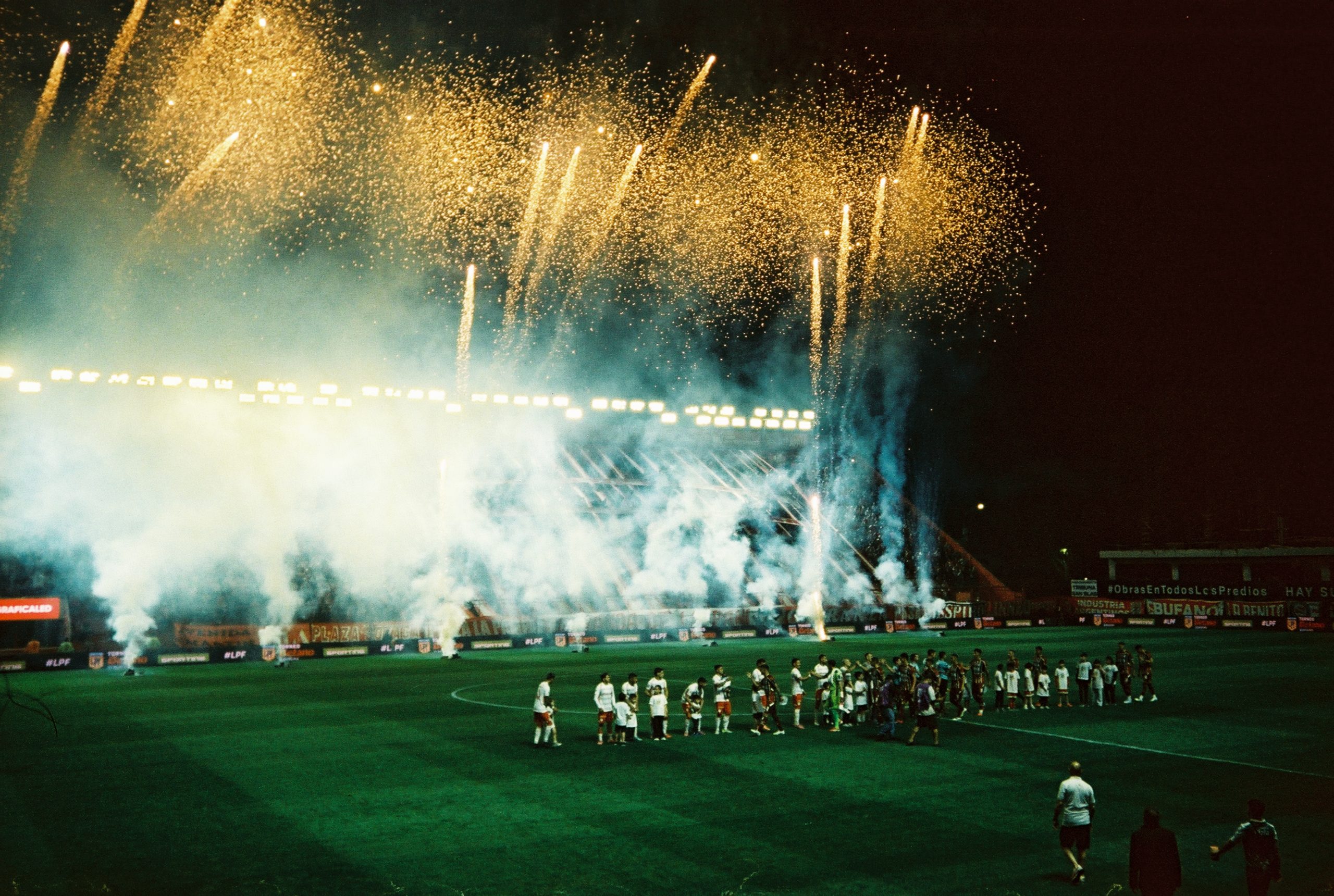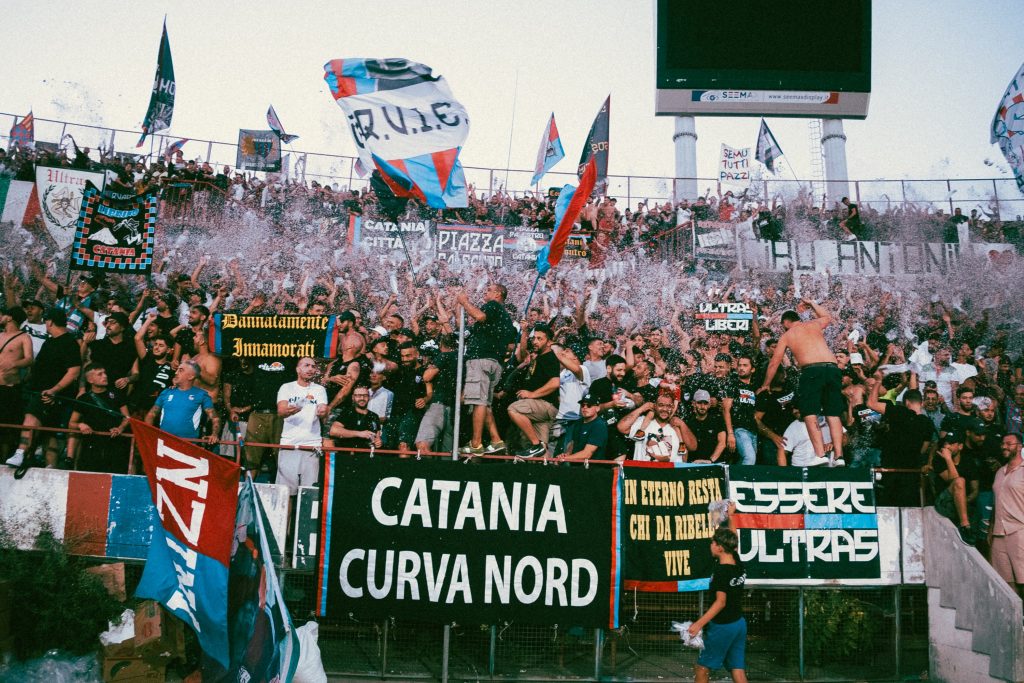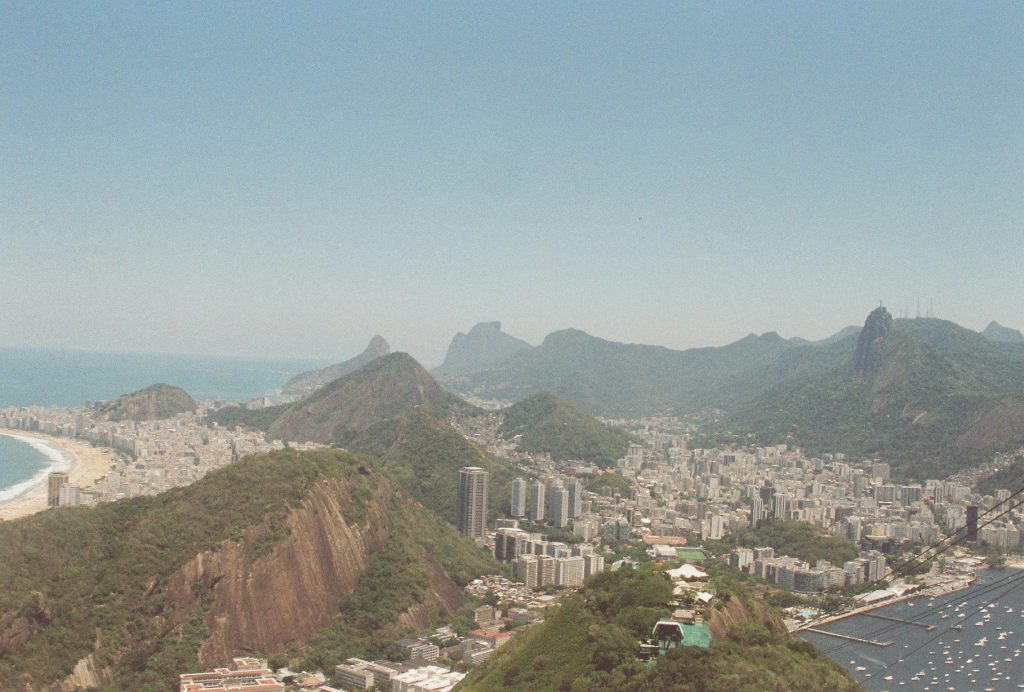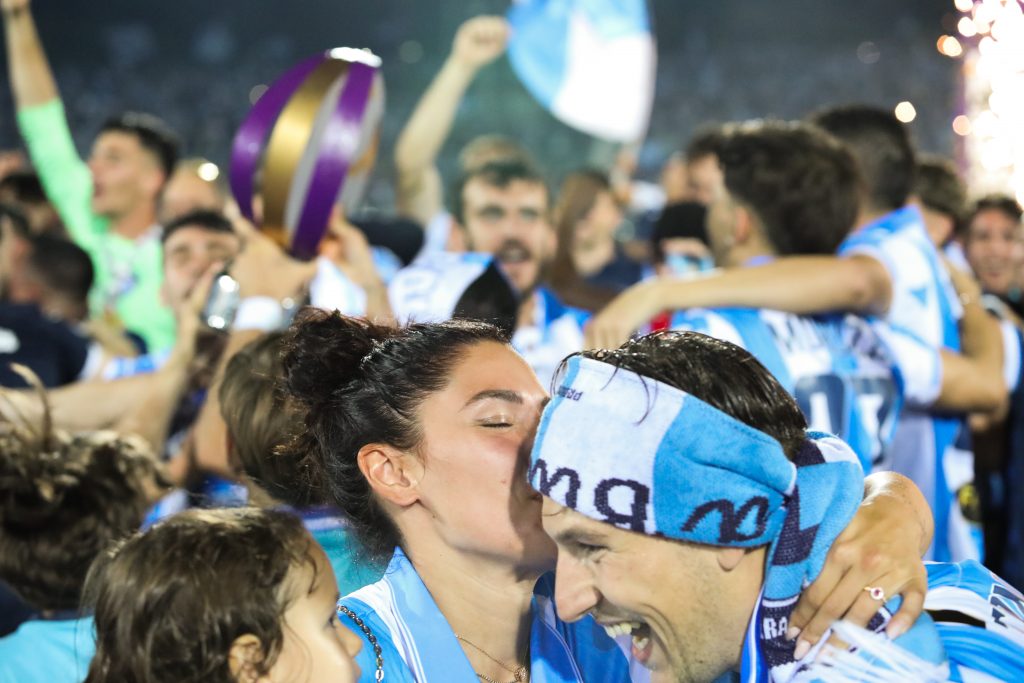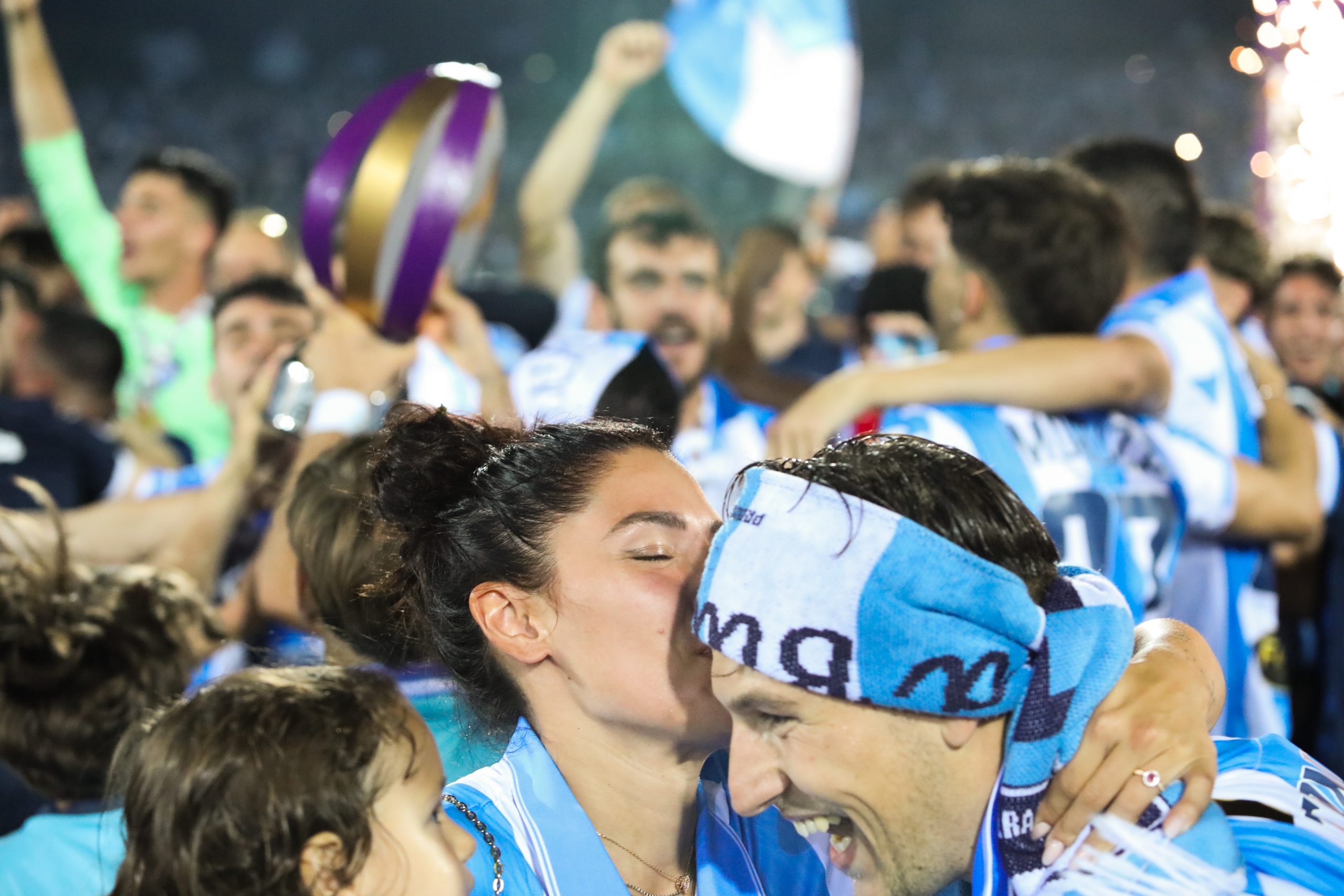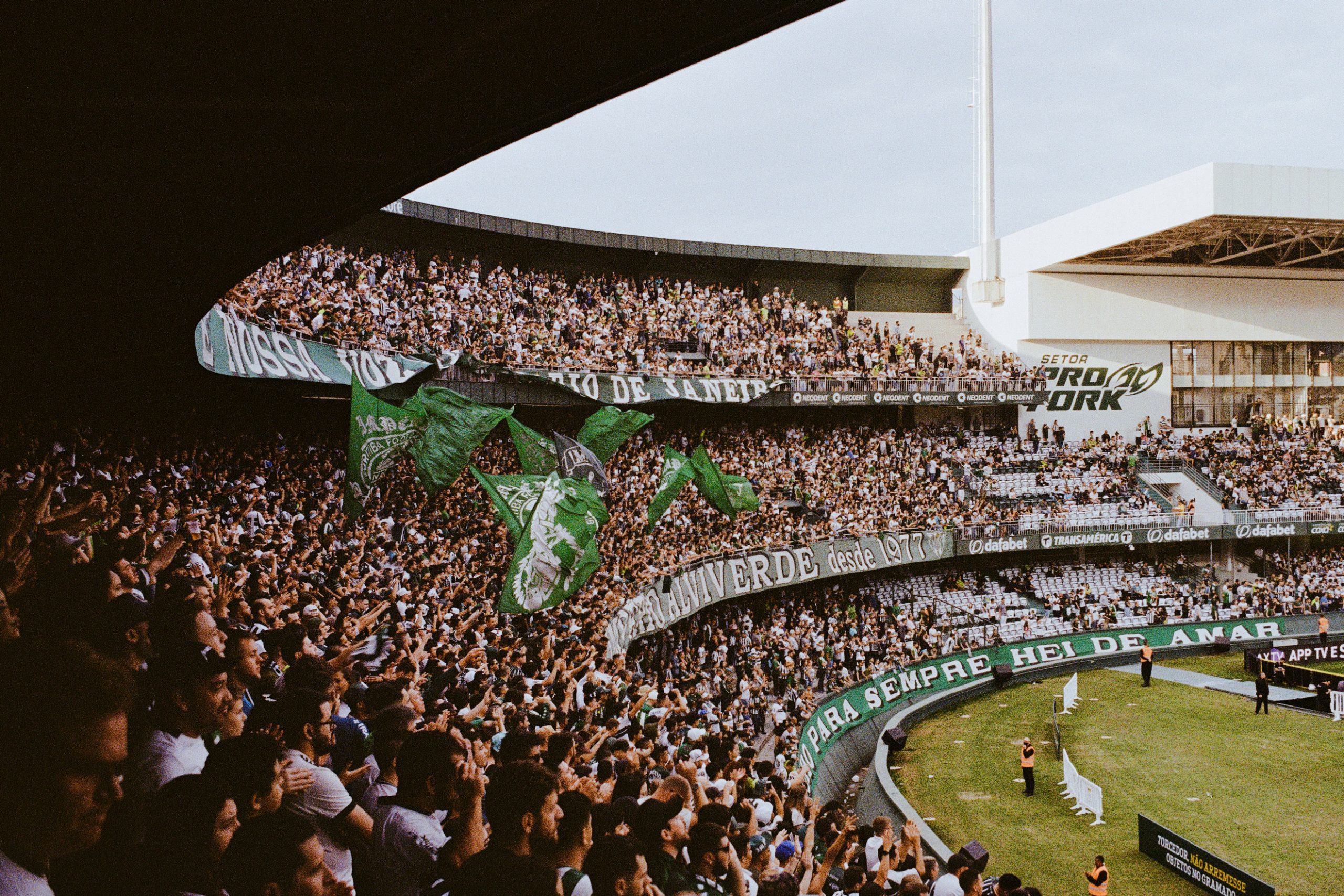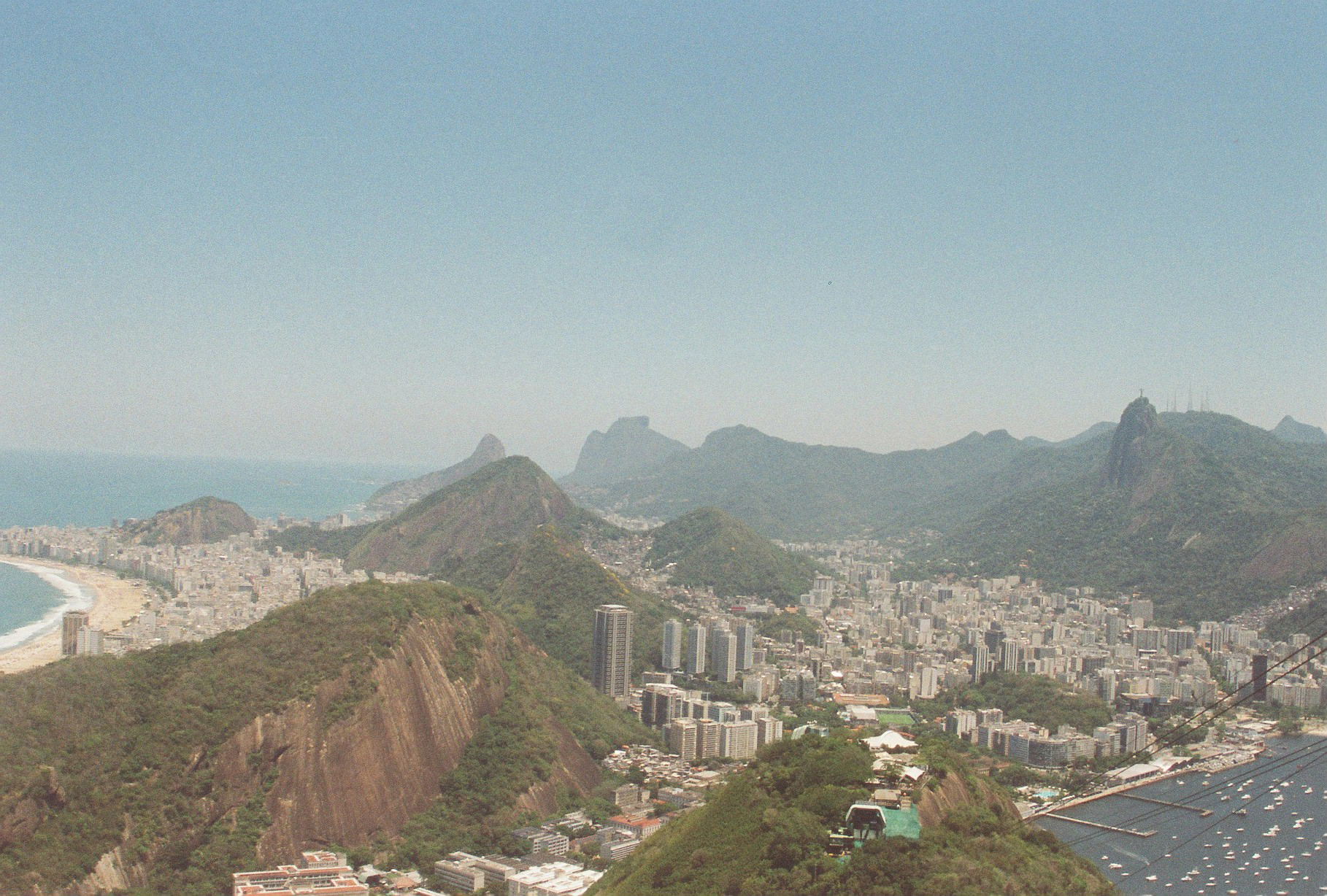All words and images by Jonas Zöller
“We’re a family here — it’s fine, boys.”
There’s a certain magic in Buenos Aires — a pull that never lets you rest. Each day brings a new corner of the city, a new stadium, a new heartbeat. After a weekend spent chasing matches and moments, I head north through the winding streets of La Paternal — the humble neighbourhood that gave the world Diego Armando Maradona. Here, at Argentinos Juniors, football feels different. It’s smaller, closer, more personal. The red walls of the stadium seem to hum with memory, and every mural, every chant, every glance toward the pitch carries the weight of a legend.





City that Feels Like Home
After the triple header over the weekend, I finally have time to explore Buenos Aires. Maybe I’m still full of euphoria from the experiences in the stadiums, but somehow I immediately feel at home here. Argentina’s capital, with its avenues and parks, feels greener than the dull grey that dominates in Germany. I wander through the districts of Palermo and Recoleta, later through San Telmo and the city centre. The city feels modern with its glass towers and wide streets, and yet there’s this warmth I feel right away.

A few older men sit at a small kiosk drinking their coffee, while avocados and newspapers are sold along the streets. In the cafés, bars, and restaurants I visit, I’m welcomed openly. I often try my amateur Spanish and get even more amateur English in return. But people want to help, and we always manage to understand each other — sometimes in unconventional ways, but always with a laugh.
I get talking to a few Argentinians, and I only have to mention that I’m here because of football to see their eyes light up. The game is truly omnipresent in this city. Messi and Maradona greet me at every corner. You can buy souvenirs of both everywhere; there are statues, murals, shrines, and pictures of them in all the bars and restaurants.






The House of Diego
I head toward the stadium, and once I arrive, I quickly realise that Maradona is celebrated here on a completely different level. His portrait looks down from every wall; garage doors are painted, and the bars are overflowing with memorabilia. It feels like a mix of time travel and hero worship — and I love everything about it.
The stadium of Argentinos Juniors is also named after Diego Armando Maradona. The world champion and FIFA Player of the Century began his professional career here.



The stadium itself, with its slightly faded red paint, is surrounded by pure football nostalgia. The spirit of Maradona clearly floats through every corner. When we first enter the inside of the ground, however, we’re quickly pulled out of our nostalgic enthusiasm. We’re on the main stand, and it’s impossible to tell where we’re supposed to sit. Some seats have handwritten notes taped to them with all sorts of messages. A steward can’t help us, but soon an old man comes over and offers his help.
He speaks a few words of English, but we don’t quite manage to solve the question of our seats. After a few minutes of going back and forth, he makes it clear that we should just sit wherever there’s space, explaining, “We’re a family here — it’s fine, boys.” We still have some doubts, but there’s something in the old man’s voice that says, you’re part of this family today, too.


A Family of Football
At first, the block we’re sitting in feels a bit like a family section — fathers with their children, a few other older men next to us. But as the game starts, that impression changes immediately. There’s wonderful shouting and swearing. The chants from the opposite curva echo beneath the roof of the main stand and are taken up again and again by the fans around us.
We’re sitting extremely close to the floodlit pitch, and when, in the tenth minute, the stadium falls into collective clapping, I’m gone again — completely lost in the moment.

A Game that Doesn’t Matter
The only thing that can’t quite keep up with the atmosphere and the stadium is the match itself. The quality is poor, there are hardly any chances, and it ends inevitably 0–0. My euphoria, however, remains unaffected even after the final whistle.
Not only did I get to walk in the footsteps of a legend today, but it also feels as if Buenos Aires has now taken me into its arms — a city that seems to drip with football from every pore.
What could possibly be better?

You can follow Jonas on social media by clicking here

